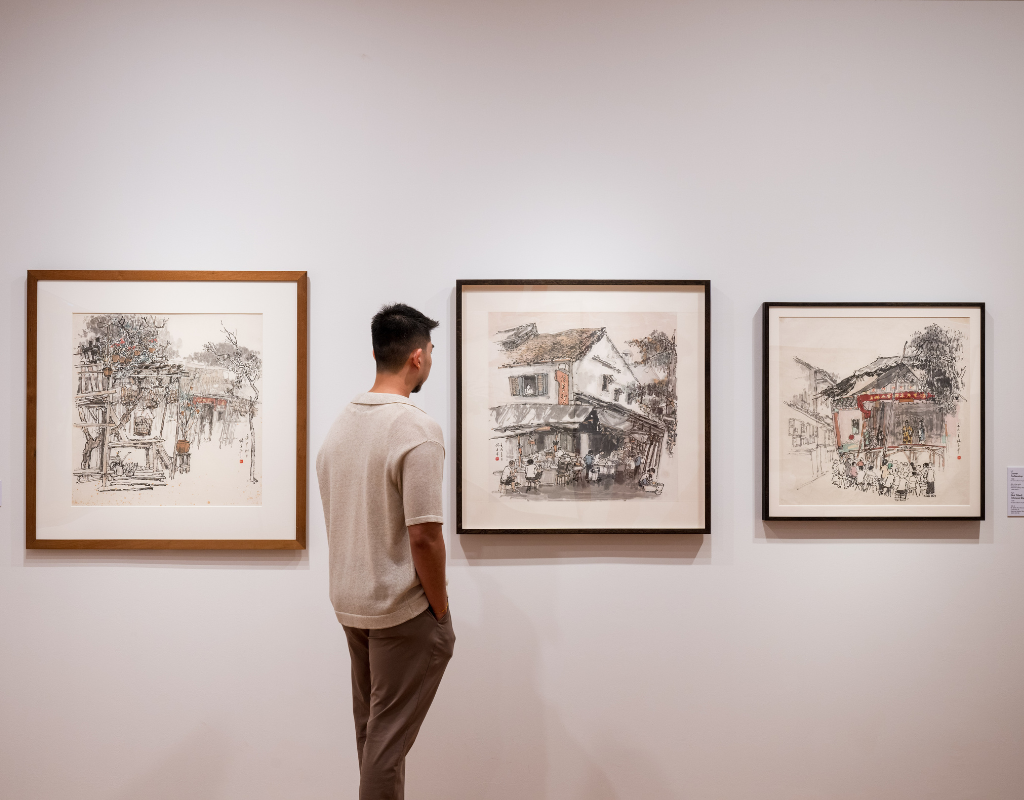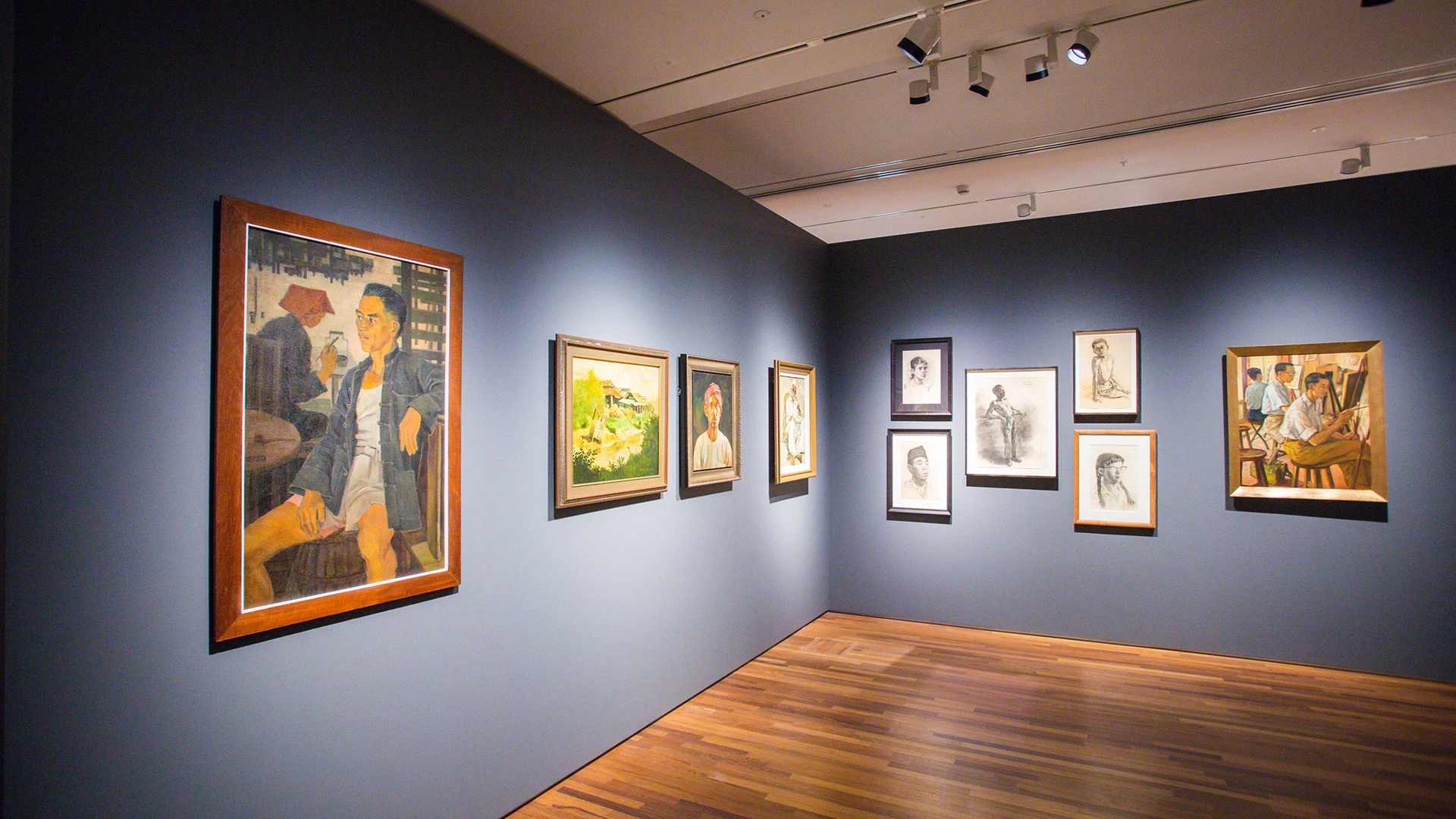“Art belongs to the people—it is the public, and should serve the public,” declared a group of Chinese middle school students in Singapore who had united for an exhibition in 1956.
The belief that art had the power to effect social change was shared by many artists who experienced the raging anti-colonial movements in Malaya after World War II. They asked who and what would be ideal subjects and how these might be depicted, for art to serve a social purpose and impact people’s lives. In addressing these questions, it became apparent for many that representing an idyllic “Nanyang” was not sufficient. Singapore artists became part of a broader Southeast Asian turn towards realistic depiction—art that exposed prevailing social conditions and portrayed the marginalised with empathy. Art had to also be aspirational, holding the promise of independence and nationhood. After Singapore became independent in 1965, art would come to engage with the effects of modernisation, particularly how that changed everyday life, and the landscape of a postcolonial nation in the pursuit of economic progress. A sense of place and an emerging cultural identity were at the heart of the artworks produced during this period.
-
When: Ongoing - Where: Level 2, DBS Singapore Gallery, City Hall Wing
- General admission ticket required (free for Singaporeans and PRs)









